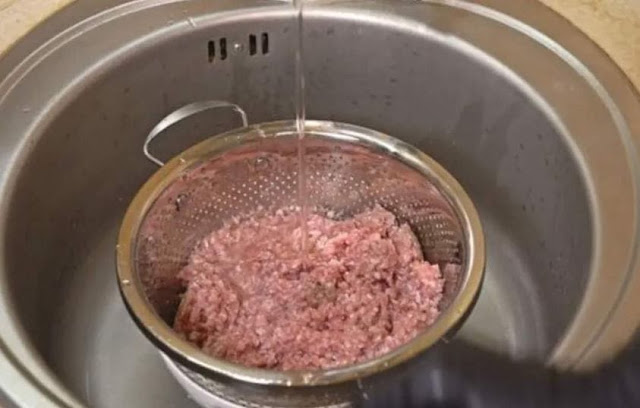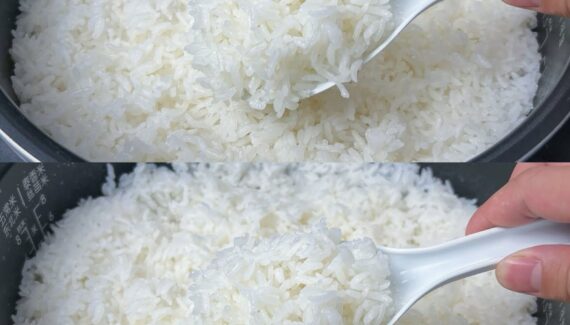
How to Handle Ground Beef Safely Without Rinsing
If you’re concerned about fat or are aiming for a leaner meal, consider these cooking tips instead of rinsing:
- Choose Leaner Ground Beef: Opt for ground beef with a lower fat content, such as 90% lean, to reduce the amount of fat in your dish.
- Cook and Drain: After browning the ground beef in a skillet, drain the excess fat by carefully pouring it into a heat-safe container. You can also blot the beef with a paper towel to absorb more grease.
- Use Boiling Water Method (Optional): If you want to further reduce fat, you can pour boiling water over cooked ground beef in a colander. This helps rinse off additional fat without spreading bacteria around your kitchen. Just be sure to handle it carefully.
The Benefits of Not Rinsing Ground Beef
Not rinsing ground beef preserves its flavor and texture. The natural juices in the beef contribute to a rich taste and tender texture, which may be lost if the meat is rinsed. Additionally, by not rinsing, you’ll avoid the hassle of cleaning up water splashes and potential cross-contamination in your kitchen.
Food Safety and Cooking Temperatures
To ensure ground beef is safe to eat, focus on cooking it thoroughly rather than rinsing. Ground beef should be cooked to an internal temperature of 160°F (71°C), which effectively kills any harmful bacteria. Use a meat thermometer to check the temperature, especially when cooking larger quantities or recipes like meatloaf.
In Summary
Rinsing ground beef is unnecessary and can actually create more safety hazards than benefits. Instead, cook the beef thoroughly, drain excess fat, and consider using leaner ground beef if you’re aiming for a healthier option. By following these steps, you’ll enjoy flavorful, safe ground beef without the extra mess!








No Responses Yet